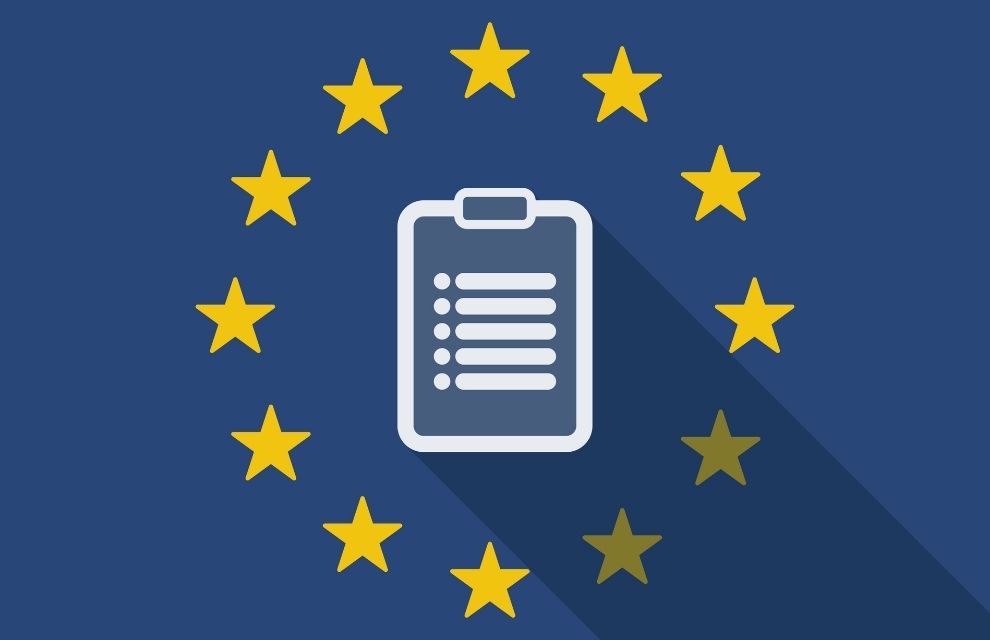The Solvency II framework is “working well and no fundamental changes are needed at this point in time”, according to the European Insurance and Occupational Pensions Authority (EIOPA), but it has said a number of adjustments are required to ensure that the regulatory framework continues as a well-functioning risk-based regime.
The comments were made in EIOPA’s opinion on the Solvency II 2020 Review to the European Commission (EC).
On captive insurance, EIOPA stated that the EC should clarify the specific requirements applicable to captive insurance and captive reinsurance undertakings.
In its technical advice, EIOPA asked for the introduction of a new article requiring insurance and reinsurance undertakings, other than captive insurance and captive reinsurance undertakings, as a minimum to subject the balance-sheet to audit or similar requirements as decided by the relevant member state with a report submitted to the supervisory authority.
It was highlighted that for captive insurance and captive reinsurance undertakings member states should be allowed to decide if audit requirements should apply or not.
Captive undertakings, “due to typical international nature of their business”, most of the time based on reinsurance, should not be required to fulfil the crossborder and reinsurance criteria, EIOPA noted.
Regarding captives, EIOPA proposed the EC to introduce the following limitations and exemptions into the supervisory reporting on top of the limitations/exemptions given to captive insurance and reinsurance undertakings under Article 35 following a risk-based approach.
Limitations included reporting on investments and derivatives; reporting assets and liabilities by currency; reporting Information on annuities stemming from non-life Insurance obligations; reporting information on annuities stemming from non-life insurance obligations; on Solvency Capital Requirement - non-life and Health catastrophe risk; and reporting on variation analysis.
EIOPA stated that captive insurance undertakings and captive reinsurance undertakings as defined in points (2) and (5) of Article 13 of the Solvency II Directive may use the proportionality requirements if certain requirements are met.
In relation to the insurance obligations of the captive insurance undertaking or captive reinsurance undertaking, these requirements include all insured and beneficiaries are legal entities of the group or natural persons eligible to be covered under the group insurance policies of which the captive insurance or captive reinsurance undertaking is part, as long as the business covering natural persons eligible to be covered under the group insurance policies remains immaterial;
For reinsurance obligations of the captive insurance or captive reinsurance undertaking, requirements state that all insured and beneficiaries of the insurance contracts underlying the reinsurance obligations are legal entities of the group of which the captive insurance or captive reinsurance undertaking is part.
Finally, the insurance obligations and the insurance contracts underlying the reinsurance obligations of the captive insurance or captive reinsurance undertaking do not relate to any compulsory third party liability insurance.
EIOPA added that with regard to further proportionality measures applicable to reinsurance undertakings may only be used if captive reinsurance undertakings meet the criteria and other conditions.
The further conditions were noted as: the policyholders of the reinsurance contracts are legal entities of the group (i.e. the parent company or other entities of the industrial group to which the captive belongs); loans in place with the parent or any group company do not exceed 20 percent of total assets held by the captive, groups cash pools included; and the maximum loss resulting from the exposures can be deterministically assessed without use of stochastic methods (i.e. limits to losses covered are included in the reinsurance contracts in place).
EIOPA stated that it closely consulted with a wide range of stakeholders when drawing up its opinion.
Commenting on the opinion, Gabriel Bernardino, chairman of EIOPA, said: “EIOPA’s opinion on the 2020 Solvency II review achieves all the defined objectives: adapts the regime to the new interest rate market reality; creates conditions for more long-term investment; brings a paradigm shift on the application of proportionality; and completes the European insurance framework with a macro-dimension and proposals on recovery and resolution and insurance guarantee schemes.”
He added: “Most importantly, these adjustments will ensure that Solvency II will continue to be a credible and fit for purpose regime, capable of protecting policyholders and contributing to market stability even in stress situations.“
The Solvency II directive, which came into effect on 1 January 2016, is a European Union law that codifies and harmonises the EU insurance regulation.
Solvency II was a milestone for European insurance regulation and supervision. The directive is the first common supervisory framework in the EU and sets global standards. It sets the basis for the integration of the single market for insurance in Europe.
The system is based on a forward-looking and risk-based approach, requiring the highest risk management standards and active monitoring and steering of the risk an insurer is facing. It ensures fair competition and consistent consumer protection across the EU and allows insurers to provide their product cross-border.
However, Solvency II has added a lot of complexity to the process and structures of companies and supervisors, presenting a significant regulatory burden. In February 2019, the EC called for EIOPA to provide technical advice for a comprehensive review of the Solvency II Directive.






